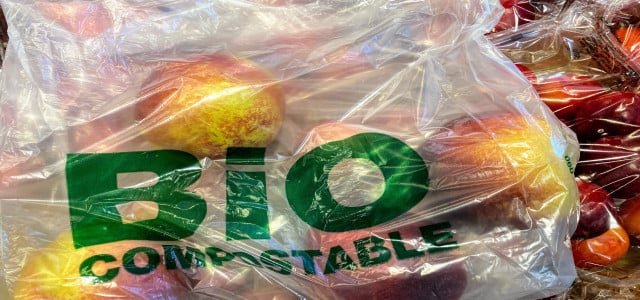Ever wondered what cork is, and what it's made of? Widely known for its use as a wine bottle stopper, cork is a versatile material that comes from the bark of a cork oak tree.
Cork is an elastic and buoyant plant tissue used for a wide variety of things, including flooring, bulletin boards, and as wine stoppers. It is a hydrophobic material made from the outer bark of cork oak trees. In other words: it’s a water-repellent material that is extracted directly from a tree. The cork oak is one of the most common trees in Portugal, and it is native and present in the southwest of Europe and the northwest of Africa. In this article we’ll give you a good grasp of what cork is, how it’s obtained, and an overview of its sustainability.
What is Cork?
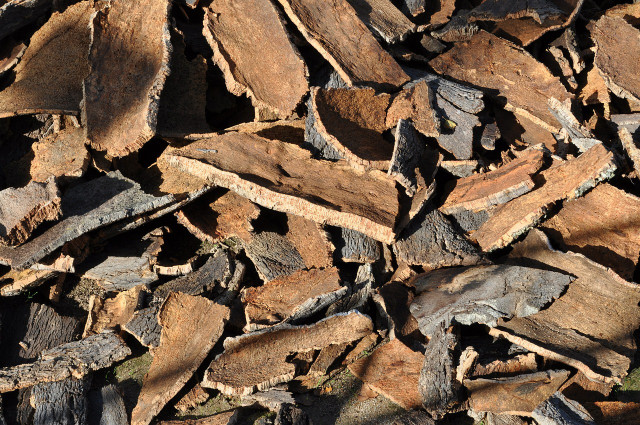


(Foto: CC0 / Pixabay / maja7777)
You probably already know what cork is, but do you know where does it come from, or how it is made? Cork is a natural, raw material that comes from the bark of cork trees (also known as Quercus suber), a tree species that can grow up to 66 ft and live for over 200 years. These trees grow in cork forests, which can be found mainly in Portugal and Spain, as well as parts of France, Italy, Morocco, Algeria, and Tunisia.
Over the course of decades cork oak trees can be harvested:
- When a cork oak tree is about 25 years old, which is when it has fully matured, the cork can be removed for the first time.
- This process is carefully done by professionals who peel the bark in a way that doesn’t damage the tree.
- After that, the cork oak tree produces a new outer layer of bark which can be stripped once it has fully regenerated — approximately every 9 years.
Once the bark has been removed, the manufacturing process is quite simple:
- The cork planks are stacked and placed on pallets. They are left outdoors for up to six months to curate. During this time, the cork starts flattening out and it loses some of its moisture.
- The planks are then boiled; this not only makes the cork softer and more flexible, it also sterilizes it.
- Once boiled, they are classified into different categories; the best quality cork is used to make natural wine stoppers and the rest is granulated to make other products.
- High quality cork planks are cut into strips, and wine stoppers are punched out with a machine. The leftovers are granulated with the rest of the lower-quality cork to make agglomerated cork products – this way cork isn’t wasted!
Is Cork Sustainable?
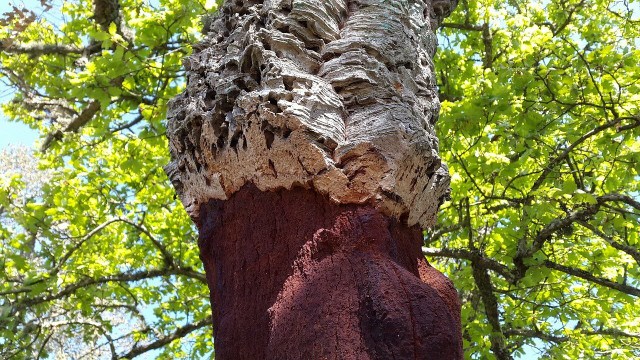


(Foto: CC0 / Pixabay / Simon)
Now that you have a better understanding of what cork is and where it is obtained, we’ll take a closer look at whether cork and harvesting cork oak trees is sustainable or not. In a nutshell, yes, raw cork is a natural and sustainable material, and harvesting cork is quite beneficial for the environment.
Cork oak forests are an important part of the environmental ecosystems within the Mediterranean countries. They support the biodiverse environment by providing home and shelter to a wide variety of animals, including some endangered species such as the Iberian lynx.
The biggest downside is that long and CO2 intensive transport routes are needed to get cork products from the warm Mediterranean region to spots around the globe. Luckily, cork oak forests also retain CO2, which helps in the fight against climate change. Due to the important role of cork oak trees in the ecosystem, as well as their ability to reduce the greenhouse effect, their preservation is crucial.
In addition to having several superpowers, these trees produce a cork that is 100 percent recyclable, renewable, and biodegradable. For this reason, we can say that items made with cork are eco-friendly, especially because cork items can be recycled and turned into new products. ReCORK is the largest natural wine cork recycling program in the United States. They collect wine corks and create new sustainable products with them — and have collected over 128 million corks for recycling purposes.
Natural vs. Synthetic Wine Cork
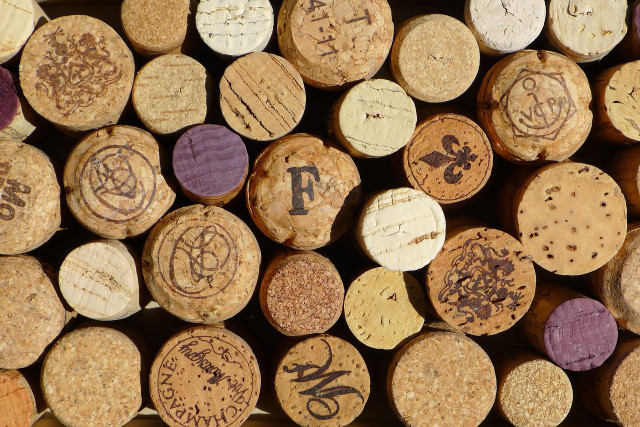


(Foto: CC0 / Pixabay / evondue)
Even though cork itself is a very sustainable material, this topic often raises the question whether wine cork stoppers are sustainable. And unfortunately, they are not always sustainable. Wine stoppers are sometimes made out of a synthetic material made to look like cork, instead of the natural material. This synthetic cork is made from plastic, and is not recyclable through the usual channels. Organizations like Terracycle for example urge you to send in your synthetic as well as natural beverage corks for them to recycle.
When disposing wine stoppers, it’s imperative that you check what is cork and what isn’t.
- Synthetic cork is made from polyethylene; it is smoother and similar to plastic.
- Natural cork looks more like wood; it is lighter and spongier.
Since synthetic corks are not eco-friendly, it’s imperative that you dispose them responsibly. If you are dealing with natural cork, you can add your corks to your compost pile or send them to a cork recycling company. Since natural cork is an organic material, it will break down and become organic manure that you can use in your garden.
Products Using Cork
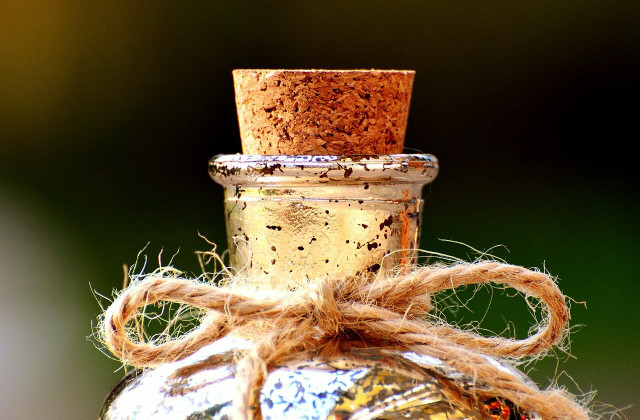


(Foto: CC0 / Pixabay / Alexas_Fotos)
Even though the most common use for cork is wine and champagne stoppers, there are a lot of products that use cork and benefit from its flexibility, robustness and water repellency, such as:
- Bulletin boards
- Insulated floors tiles and wall panels
- Vegan leather to make items such as shoes, purses, backpacks, and belts
- Kitchenware, like pot rests, fruit bowls, coasters, and place mats
- Eco-friendly yoga mats are often made with cork, natural rubber, jute, and vegan suede
- Outdoor gear like sustainable shoes, or even umbrellas
Read on:
- 6 Solutions to Deforestation – and What You Can Do
- What Does “Endangered” Mean? A Closer Look
- Life Without Plastic: Easy Tips for Everyone
Do you like this post?









